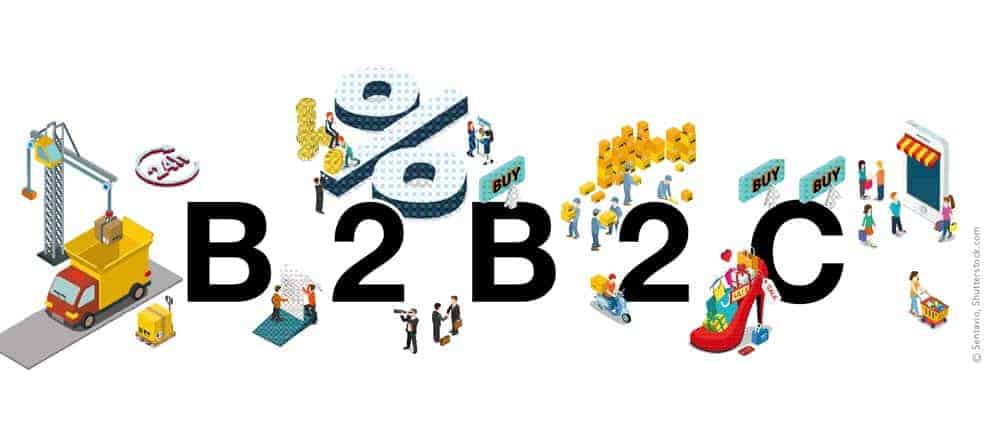C/4 Hana for Customer Service and Predictive Maintenance


Service teams also deal with defect products. In B2C, they are a nuisance. In B2B, defect products can have catastrophic consequences for customers. Service teams therefore have nothing to win in this situation: if they do their job right, the product works like it’s supposed to—that’s it. For this reason, many companies neglect customer service. However, service significantly affects customer experience.
Especially bad service can have far-reaching consequences. According to the 2018 PwC study “Experience Is Everything: Here’s How To Get It Right”, 60 percent of 15,000 respondents said that a few bad experiences are enough to make them choose a different company next time.
Furthermore, 48 percent of respondents said that good service is one of the most important deciding factors. Even though the study was conducted in the B2C sector, its results can also be useful for B2B companies.
What does good service mean?
Good service means that the issue that the customer is experiencing is resolved quickly. To achieve necessary speed and accuracy, innovative technologies are crucial. Automated processes guarantee effectivity and efficiency. Predictive maintenance is an important cornerstone. If software is able to predict possible downtimes, customers won’t have to call upon service teams to urgently deal with defects. The issue is resolved before customers even notice it.
However, predictive maintenance is one of the last stops of the service digitalization. If companies try to skip ahead without establishing the right foundation, their initiatives will often fail. Without a solid technological foundation, the results of predictions cannot be analyzed or leveraged properly.
In our experience, the first step is always to establish seamless communication between customers and service. Up-to-date data has to be available to service teams anywhere; making it recommendable to use SAP Service Cloud and SAP Field Service Management.
SAP Service Cloud manages data, ideally combined with other SAP C/4 components, creating a single point of truth. SAP Field Service Management ensures the availability of data for service teams and transfer of new data to the backend.
End-to-end service process with SAP C/4
This way, companies create an effective and efficient end-to-end service process; ranging from accepting customer requests and further communication to intelligent dispatch of service teams and the evaluation of customer satisfaction with the service.
An end-to-end service process is crucial, even if predictive maintenance software is already in place. Predicting defects doesn’t mean that customers will never need service again, after all. Predictive maintenance means that measures can be coordinated, relieving the pressure of service teams.
According to the aforementioned study, 75 percent of respondents want more human interaction when communicating with companies. 55 percent stated that employees are the biggest factor when it comes to customer satisfaction.
Besides efficiency and effectivity, it’s therefore also important to focus on meaningful human interaction. Companies have to strike a balance between human beings and software to improve the quality of service.







